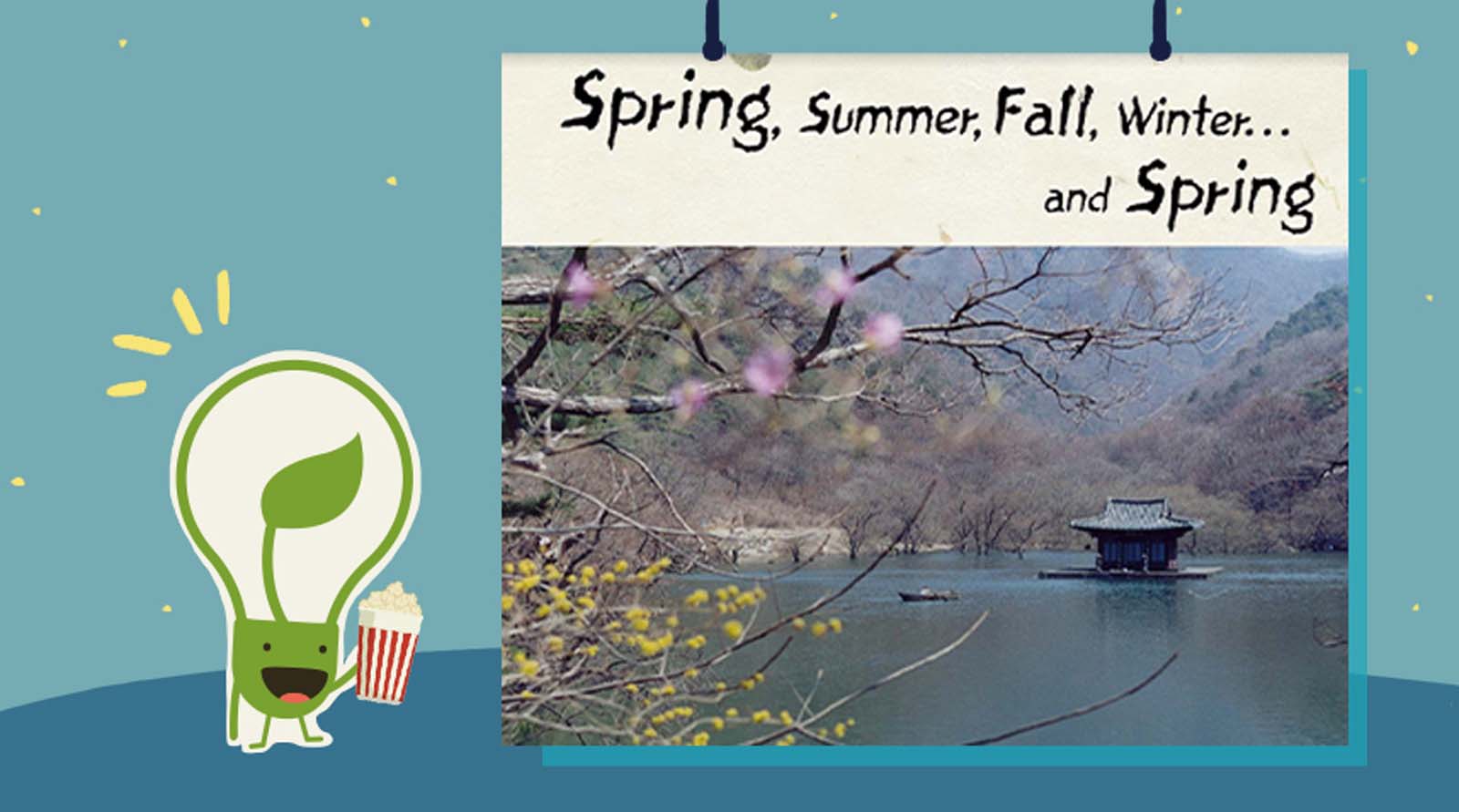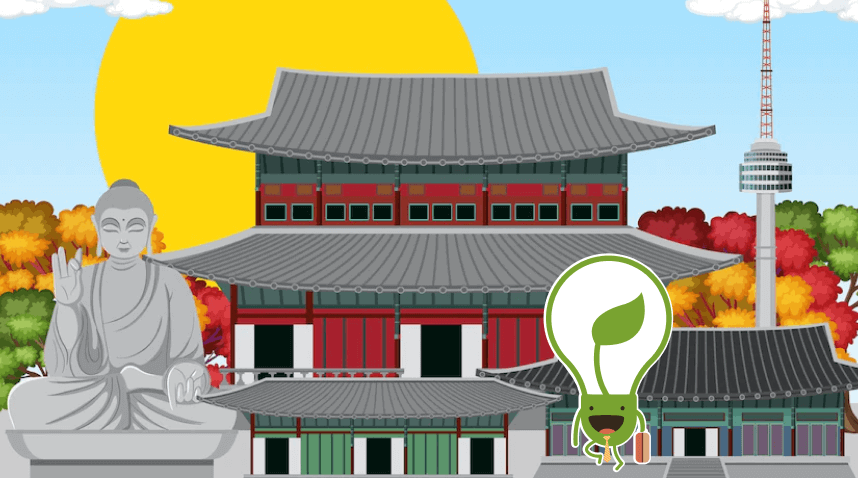
Beyond Ordinary Travel: Dive into Korean Buddhism with a Temple stay
TLDR: Templestay as a holiday destination? Why not? Kyle shares his experience in encountering Dhamma while on holiday in Korea.
Finding Your True Self: Let’s Unravel the Mystery
The slogan “Finding your True “Self” for the Templestay Program caught my eye when I saw the brochure at the airport. So what is this “self” that remains? Is it my mind, is it my memories, or is it something else?
As a Buddhist, I understand how this “self” is illusory and templestay seems like an excellent opportunity to discover who this “self” truly is.
Templestay is a unique opportunity for me to experience Korean Buddhism, its daily lifestyle, rituals and spirituality. What gets me excited is that you get to live like how a monk practices and engages in his daily monastic activities.
Determined to see the breathtaking temples I have read so much about, I bid farewell to my good friend, Eunbi who hosted me at her place, and went on a journey of discovering my inner “self”.
There are 3 main Buddhist temples in South Korea*, each representing one of the Triple Gems** of Buddhism (The Buddha, Dharma and Sangha).
I knew I wanted to do a temple stay in one of these 3 temples but which one?
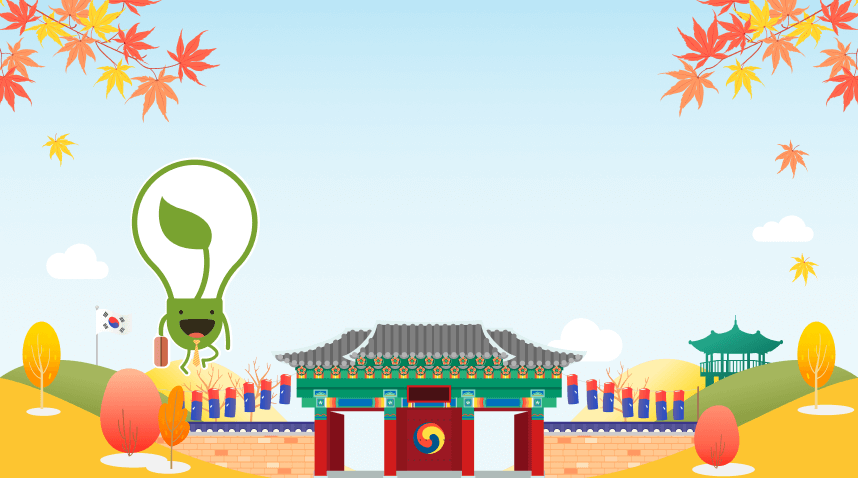
Choosing the Perfect Temple: Decisions, Decisions!
At last, I chose to do the temple stay in Haeinsa because it is not everyday you get to stay in a World Heritage Site.
One of Korea’s most famous temples, Haeinsa Temple represented the Dharma as one of the three jewels.
It houses the Tripitaka (Buddhist Cannon), a collection of wooden printing blocks with Buddhist teachings from the 13th century. Hand carved into 81,258 woodblocks with no known mistakes, corrections or errors, it’s a genuinely amazing achievement.
Dating from the 13th century, the woodblocks have over 52 million characters, neatly organised into nearly 1,500 titles and 6,568 volumes in Hanja script.
Interestingly, it’s also the most complete version of the Buddhist scriptures that’s survived through into the present day. The Japanese, Chinese and Taiwanese Tripitakas are based on this Korean text.

Cr: Gina Bear
Buddhism in Korea dates to the fourth century, so it’s no surprise that the religion has become a deeply rooted part of modern Korean culture. And with more than 900 traditional Buddhist temples, the country has no shortage of spiritual pilgrimage spots.
I took a bus from Seoul to Daegu and from there switched to another local bus close to the temple. After a long walk up and lugging my suitcase up to the temple surrounded by beautiful greenery, I arrived.
Gaining enlightenment is definitely not an easy feat! The nun at the reception welcomed me with her kind and friendly gesture. She checked me in and handed me the temple clothing I’m supposed to wear for the temple stay throughout.
Then, I was led into this ancient-looking and cosy bedroom. It’s so zen in this room, everything you need is basic but enough and the whole ambience really puts me at ease.
After getting changed, I decided to explore my surroundings.
Haeinsa Temple: Where Dharma’s Beauty Shines
The temple is huge and divided into different sections or halls. I can’t help but to visit the building that houses the Tipitaka first.
The Tripitaka Koreana is housed inside Janggyeong Panjeon, a wooden structure of two buildings, Sudarajeon to the south and Beopjeong to the north.
The buildings are simple in design, without decoration, and their sole purpose is storing the wooden blocks.
For conservation reasons, I can’t go into the buildings to see the actual wooden block of the Buddhist teachings physically, but you can explore the buildings of the Janggyeong Panjeon which are equally impressive.
Once I got to read more about the steps in carving wooden blocks, it impressed me even more. To prevent the decaying of the wood, tradesmen used innovative conservation techniques that were way ahead of their time.
First, the birch was soaked in seawater for three years before it was cut. The cut blocks were then boiled in salt water, placed away from sunlight, and exposed to the wind for three years. Only at this point were the wood blocks finally ready for carving.
Wisdom Treasures: The Amazing Tripitaka Koreana
The quality of the calligraphy-style carvings is so consistent that it is unbelievable that it’s a team of around thirty men carved the wooden blocks individually.
A lot of effort must have been put in to ensure the standardisation of each character. After carving, the blocks were covered in a poisonous lacquer to keep insects away and then framed with metal to prevent warping.
According to my research, in the 2000s, the Korean government began designing a modern facility to house the Tripitaka with all the usual bells and whistles. However, their tests kept showing that the woodblocks had degraded in the modern facility. That’s why now the Tipitaka are still here under the dedicated care of the monks.
The buildings were designed with air circulation, making them moisture resistant. The designers also had temperature control in mind. Thankfully the buildings have never suffered the effects of fire or war.
Today, to protect the Janggyeon Panjeon and Tripitaka Koreana from fire, full-time security guards, a 24-hour surveillance system, and a fire truck are in place to respond to any emergency.
Outside the building, there is a replica of one of the wooden blocks, and it appears to be one of my favourite Mahayana sutras of all time, The Heart Sutra.

I calm my mind and recite each and every word I see, and because it is similar to the traditional Chinese language. I felt so connected with the words and the essence the sutra is trying to convey.
Emptiness is form, Form is emptiness. I must be very touched by it because I cried a bit while chanting it. This is because the Heart Sutra has always held a special place in my heart.
When I was younger, my godmother would bring me to the temple to chant it, bringing back nostalgic memories. As I grew older, I came to understand its true meaning. The concept of non-self and non-duality, specifically the teachings of interdependence and emptiness (śūnyatā), has brought a sense of liberation to my heart.

Korea’s Rooted Buddhism: Where Culture Meets Spirituality
Close to dinner time, I was told to gather outside the reception’s office and that’s where I discovered I was not alone doing the temple stay. There was a group of 5 people.
Dinner was scrumptious. As a vegetarian, anytime I can find delicious vegetarian food, I’m grateful. What’s more, the food is cooked by the nuns and monks residing in the temple.
There is a lot of mindfulness that goes into making this meal. Dinner is supposed to be eaten in complete silence. It’s a very peaceful way to eat a meal, mindfully. I can eat as much as I want, but I have to finish everything on my plate.
I’m happy to say I managed this without being too greedy.
Immediately after dinner, there was an evening ceremony, where monks will do drumming. The sound of the drum is considered to be an echo of Buddha’s teachings and thus to beat the drum means to spread Buddha Dharma as its sound diffuses in the air.
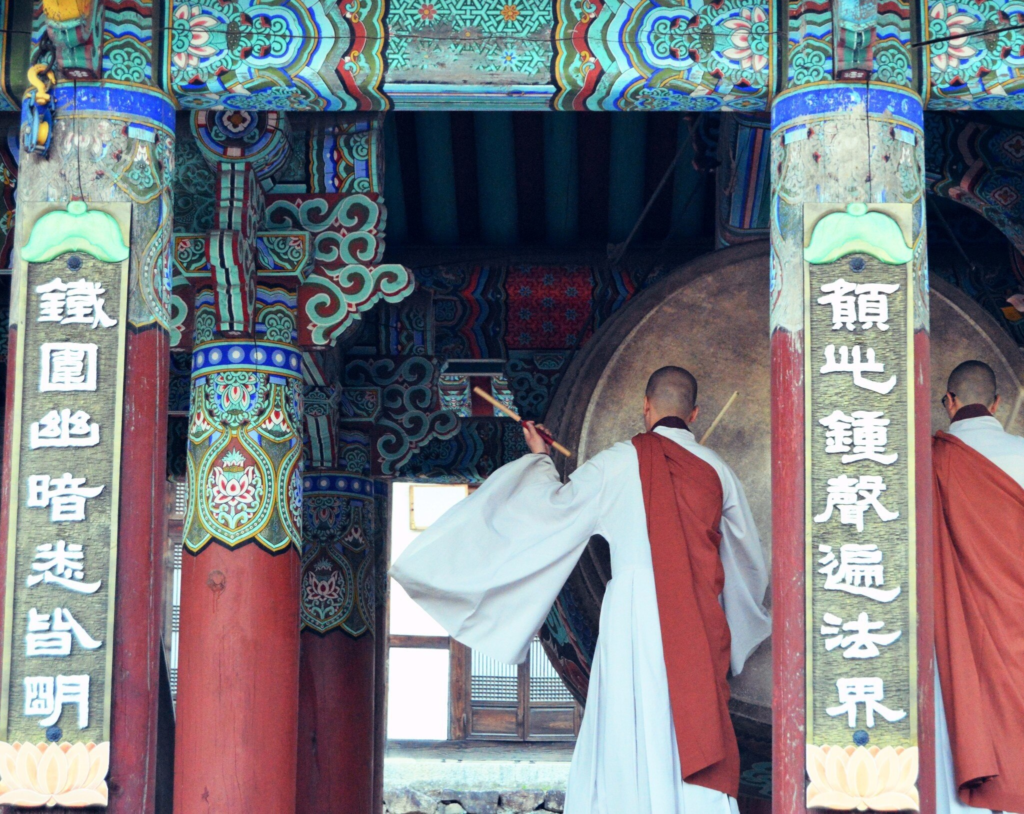
Cr: There & Back Again, Expedia
At the same time, it is intended to liberate the sentient beings in heaven and hell by its sound. It also tells the time of major meetings and ceremonies to be held in the temple.
As three monks took their turn pounding relentlessly on an enormous drum, I was marveled by the great artistry and energy. I can’t help but to reflect;
Who is this ‘I’ that hears the sound? Or Is it just my ear hearing the sound?
Does it awaken my mind? Does it bring me to the present moment?
Can you hear the sound? Does it awaken you?
Can you hear it?
The ceremony then ends with hitting the bell 108 times – 108 times mean that all sentient beings can be relieved from all the earthly delusions, agonies and evil passions that total up to 108 by the Buddhist viewpoint.
With the bell sound, I was completely at ease and with a sense of peace. I’m there but I’m not there. The mind is fully aware of the surroundings and I’m part of the surroundings itself.
Tea & mindfulness
After the ceremony, the temple stay assistant brought us to the pantry to have some tea. That’s how I got to know my roommates better.
We were discussing Buddhism and because the assistant was new and her English was not as fluent, I somehow shamelessly took over her duties to give an introduction to Buddhism.
I am thankful for the two Diplomas in Buddhism I took!
As if it was not enough, the assistant invited me to conduct a meditation session with the newfound mates in a hall that’s yet to open until the next morning.
That means we got to see and meditate in the hall before anyone else. I felt so blessed and fortunate!
The big bell rang from afar, like an alarm clock ringing. I wasn’t sure if I’m ready for the morning ritual, as I felt sleepy waking up in the wee hours.
Nonetheless, the ghostly chanting at the main hall lured me in. I wore my jacket and started walking towards the main hall. The air smelled so fresh and peaceful. Then, the bell and the chanting became louder, it moved me out of the mystical, and brought me into an awakening realm.
I placed the meditation cushion to mark my spot. Tock, tock, tock — A monk knocking at a hollow wooden musical instrument with a mallet producing a rhythm that goes with the chanting of the holy scriptures.
The musical instrument is called Wooden Fish. Intricately carved into the shape of a fish, as a constant reminder to be “awakened” at all times just as fish keep their eyes open, day and night.
The atmosphere inside the temple hall is indescribable. It feels surreal and yet at the same time nostalgic. The sounds of the bell have a magical effect, every time when it rings, it feels like my mind is living in the moment.
I couldn’t chant in Korean so the whole time I listened to the chanting mindfully and carried on with the 108 prostrations.
It’s the body and mental awareness at the same time. Buddhists believed it to be beneficial for practitioners for several reasons, including an experience of giving or veneration, as well as an act to purify defilements, especially conceit.
I personally find it therapeutic as a mindfulness practice. I’m mindfully aware of my body movements and yet focusing my mind on the present making the prostrations. Somehow, there is no me, or ego to be found.
Reflect & Connect: Chants, Meditation, and Heartfelt Bonds
After the morning ritual, my stomach started to growl, and the effort I put in for the prostrations, made me more hungry. We stepped out of the main hall and went to the dining hall for breakfast.
Throughout the whole time, we were asked to maintain silence, and with that, I’m able to observe each of my every movement and my surroundings more in detail. My senses heightened, and I felt light-hearted.
As most of my roommates are not Buddhists, I decided to conduct the Vipassana (Insight) Meditation.
Grateful for this opportunity to conduct the meditation for my newfound mates. I must say, it’s not the first time this kind of wonderful surprise pops up. Somehow, there is this connection that I have with people when it comes to sharing the Dharma. It’s like I’m always at the right place and the right time for the right conditions to happen.
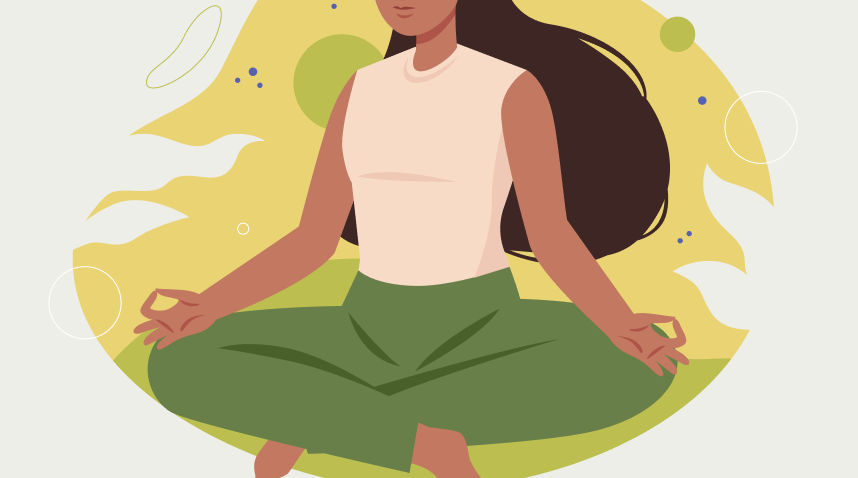
Final reflections
Although it was a short temple stay, I had a greater understanding of the Zen tradition of how our minds are constructed in this belief that there is a self to be satisfied.
The self has never-ending desires, like an entity where we need to serve them to keep our existence.
In fact, if you break down the self in awareness, there is absolutely nothing to be found. No self truly exists.
There is a famous Koan (a paradoxical anecdote used in Zen Buddhism to demonstrate the inadequacy of logical reasoning and provoke enlightenment) between a great Zen Master and two monks.
“The wind was flapping the temple flag. Two monks were arguing about it. One said the flag was moving; the other said the wind was moving. Arguing back and forth they could not agree on the truth. The Sixth Patriarch said, ‘It is neither the wind that is moving nor the flag that is moving. It is your mind that is moving’. The two monks were struck with awe.”
The desire is the wind flapping the flag, and the flag is the self. You are wondering if my existence is based on my desires giving rise to the entity, Self, or is it a fixed entity that brings about the desire.
In fact, neither one of them defines the “I”, it’s the mind consciousness that stands on its own fabricating this “I” or “Self”.
I mindfully packed my bag, and a sense of tranquillity arose, and I was ready to explore the journey rather than focusing on “my” destination…
*The Three Jewels Temples (삼보사찰| Sambosachal) are the primary Buddhist temples in Korea, each symbolizing one of the Three Jewels of Buddhism. All located in South Korea, Tongdosa in South Gyeongsang Province is dedicated to Buddha, Haeinsa, also in South Gyeongsang Province, represents the dharma, or Buddhist teachings, while Songgwangsa in South Jeolla Province embodies the sangha, or Buddhist community.
**Triple Gems – It doesn’t imply gemstones literally, such as rubies or diamonds. The aspects of Buddhism might be compared to these sorts of jewels as precious and rare.
The Three Jewels are comprised of:
The Buddha, the fully enlightened one
The Dharma, the teachings expounded by the Buddha
The Sangha, the monastic order of Buddhism that practices Dharmas.

